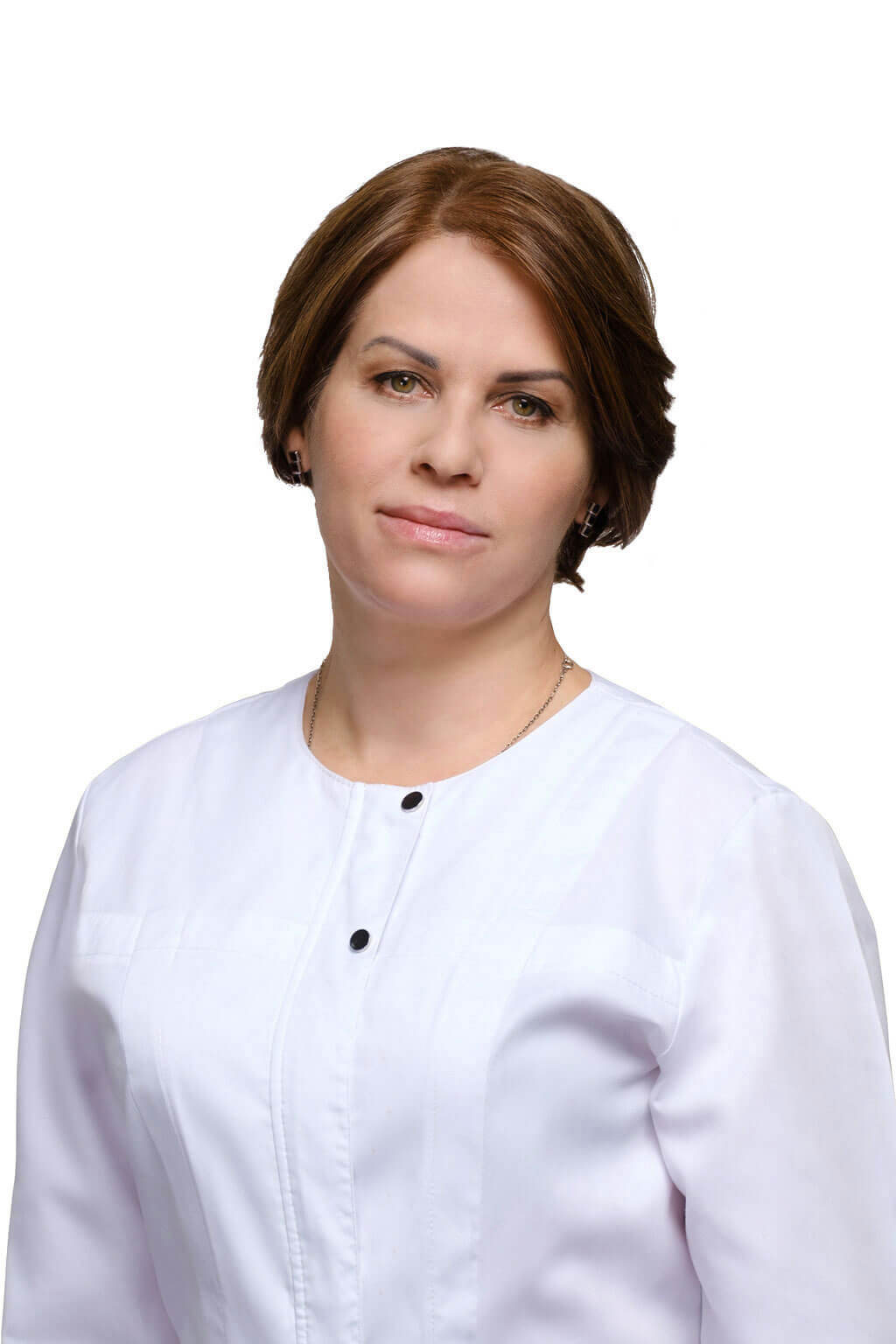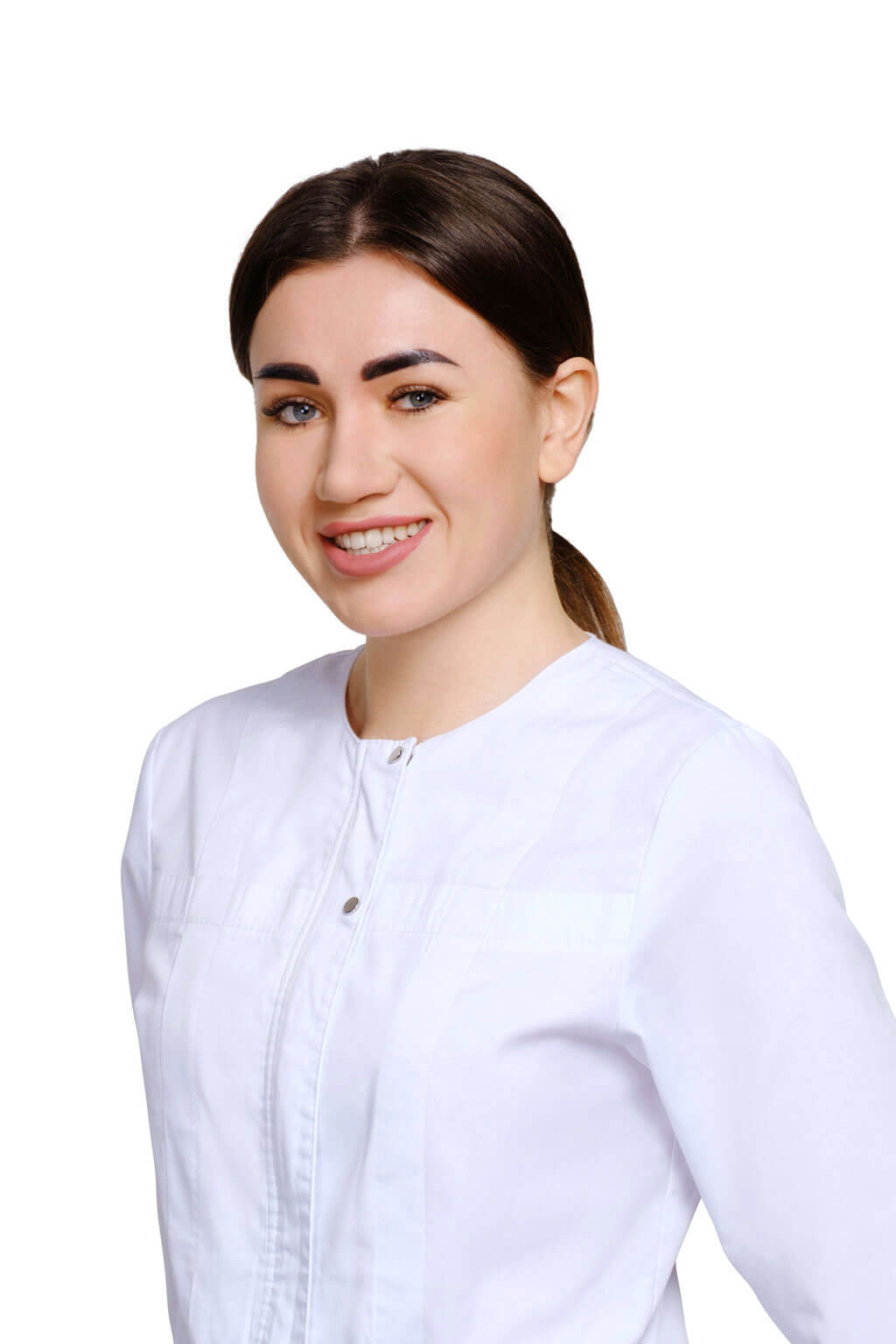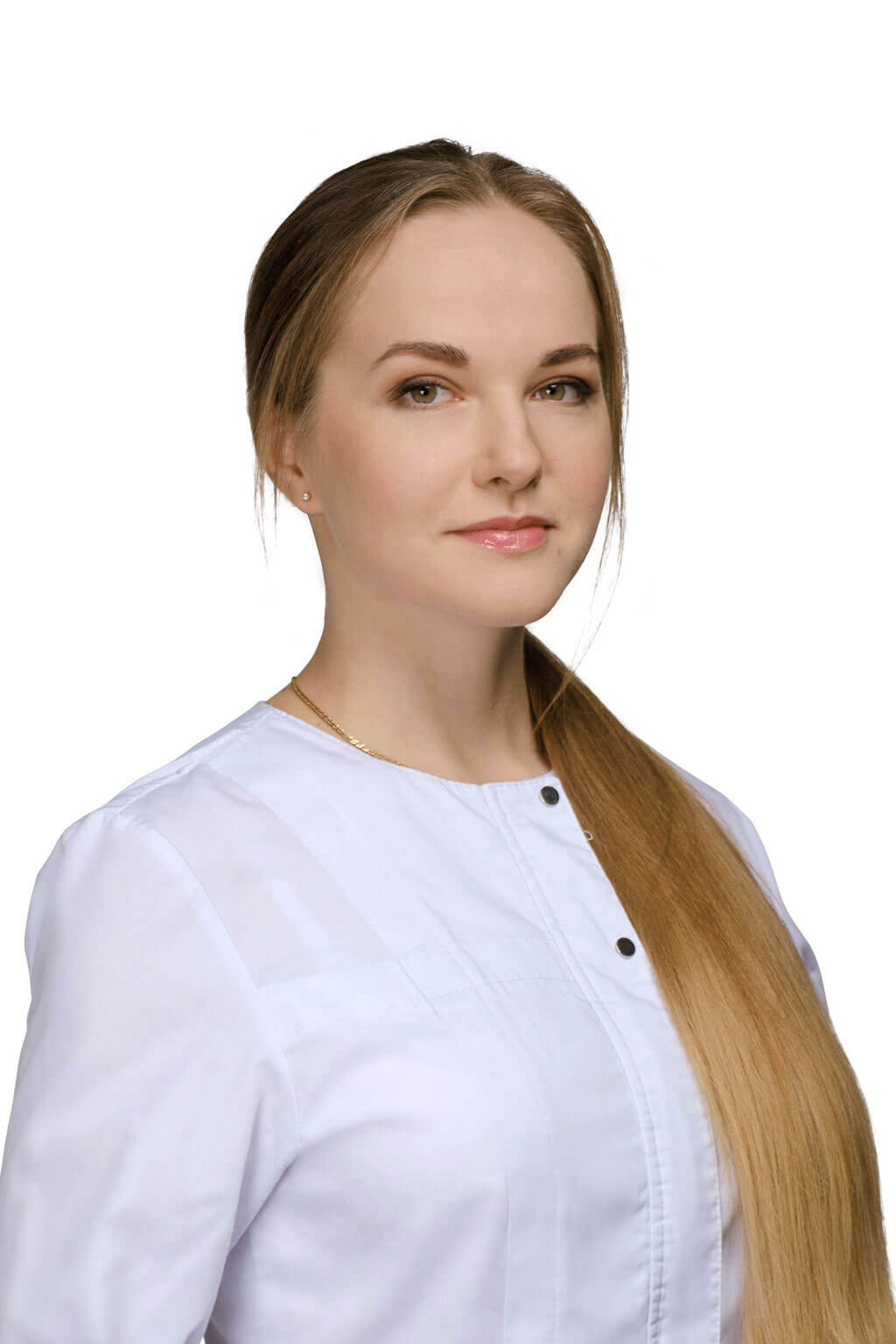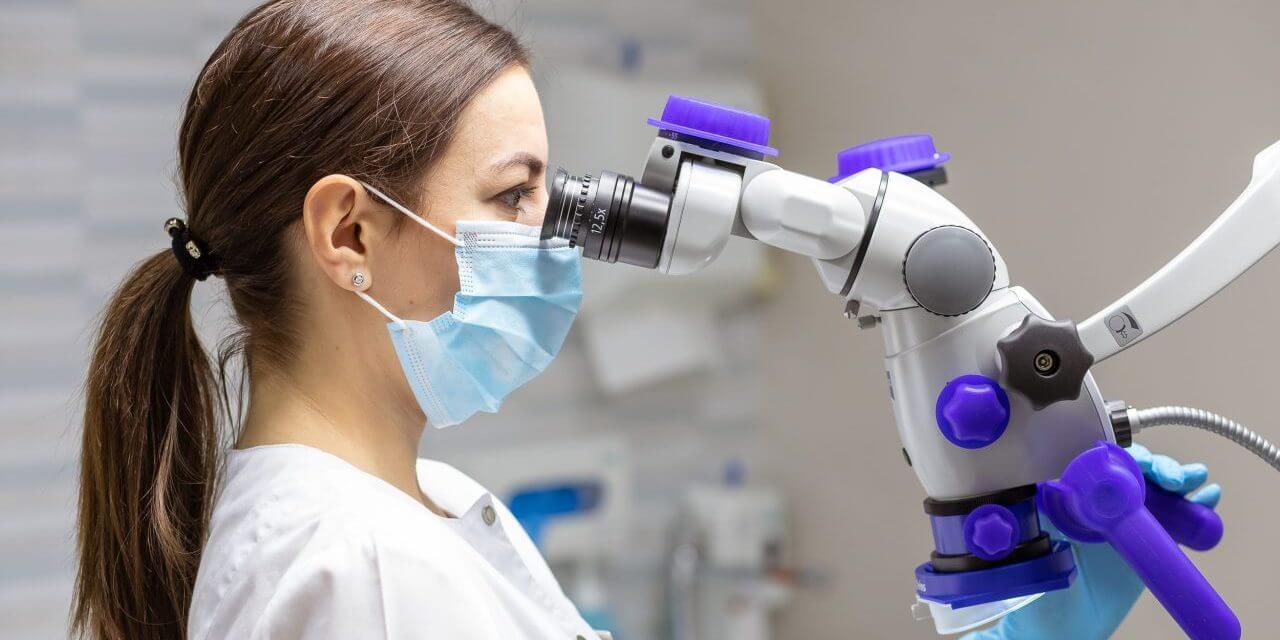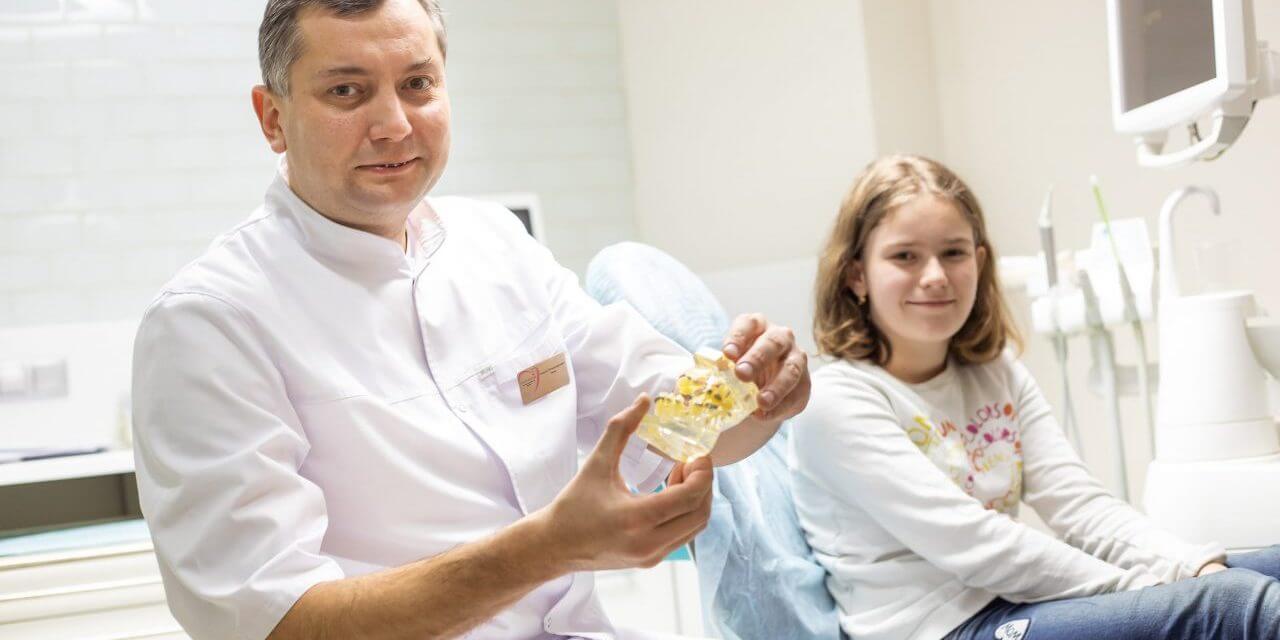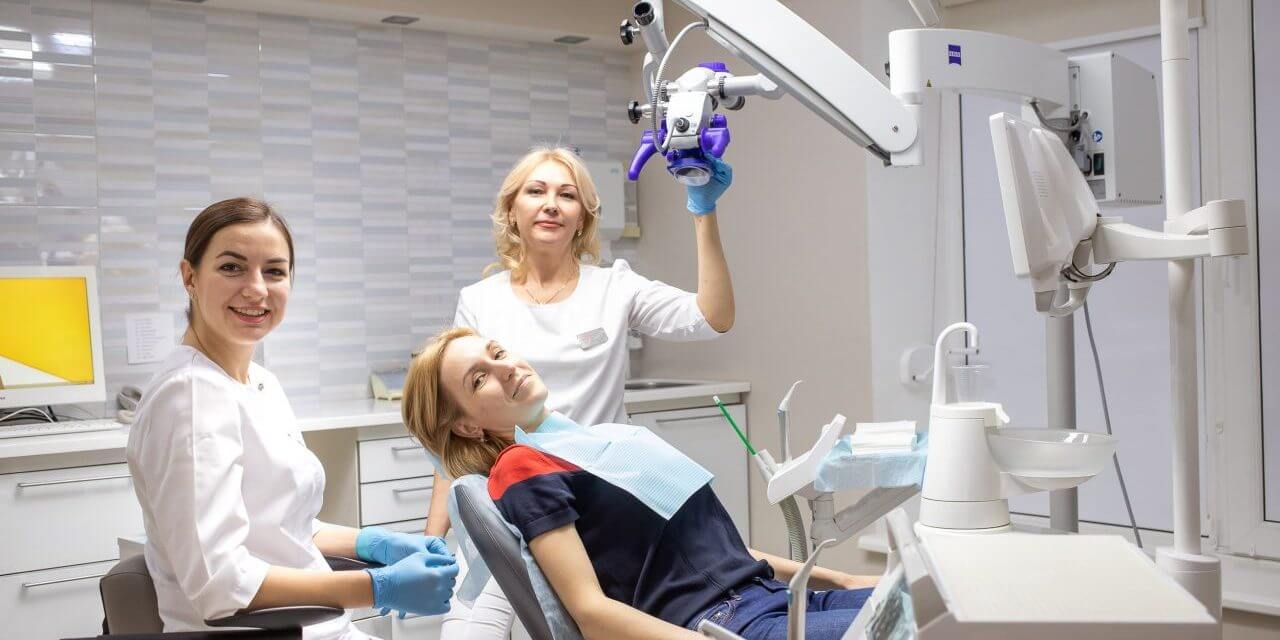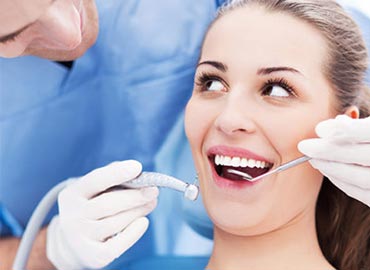
The therapeutic specialists at Prof. Vesova’s Clinic provide fast and high-quality dental treatment and long-lasting filling placement.
We use high-quality, next-generation filling materials, including light-reflecting polymer and organically modified ceramics.
These fillings help stop the pathological carious process, restore the tooth’s anatomical shape and functionality, and preserve the bite.
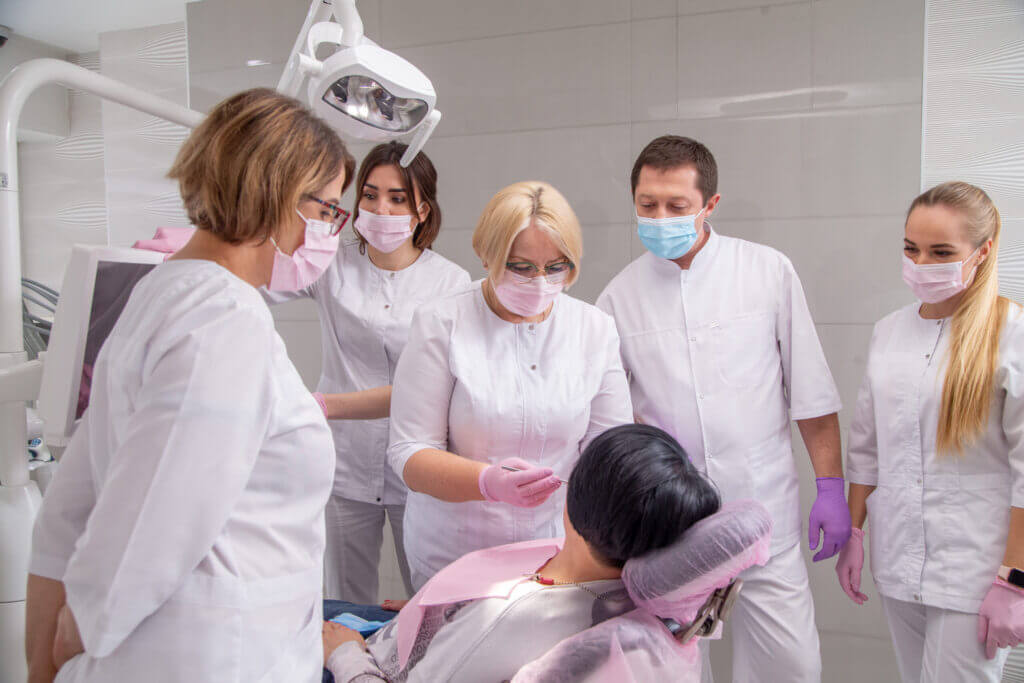
The clinic’s specialists recommend treating cavities at an early stage to prevent complications caused by the inevitable spread of infection into the tooth’s pulp chamber.
It is also advised to undergo a preventive dental check-up 1-2 times a year, as cavities on the lateral surfaces of the teeth are almost impossible to detect independently. In most cases, by the time the patient experiences symptoms and visits the clinic, a significant portion of the tooth is already infected.
Filling placement is necessary for:
- Carious damage to the enamel and dentin
- Loss of a previously placed filling
- Trauma to the tooth’s crown
Is anesthesia always necessary?
For surface-level damage, anesthesia may not be required. However, if the tooth is damaged deeper than the enamel, the dentist will definitely recommend numbing the procedure using local injectable anesthetics.
For patients with psychological fear of dental treatment, Prof. Vesova’s Dental Surgery Clinic offers treatment under sedation (medicated sleep) using modern medications that do not cause side effects such as nausea, headaches, or dizziness.
Immediately after filling the tooth, it is recommended to:
- Avoid eating for 1 hour to prevent injury to the lips and tongue if anesthesia is still in effect.
- Avoid consuming staining foods such as beets, juices, coffee, and tea.
During anesthesia, sometimes the patient cannot communicate to the dentist how comfortable the filling feels.
If, after the anesthesia wears off, the filling feels uncomfortable (e.g., due to its height), it is necessary to visit the dentist again, and within a few minutes, the filling will be perfectly adjusted to fit you.
Webinar on Therapy
Video Testimonials
Price list
Hygiene and periodontology
Therapy
Leave your review about us!
Your opinion is valuable to us




